Using Sources
It is important to use a wide range of sources such as pictures, artefacts, music and sights. Children will use these to build up their enquiry thought and processes and to build up their understanding of past.
Sort by:
Date (Newest first) | Title A-Z
Show:
All |
Articles |
Podcasts |
Multipage Articles
-
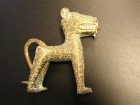
Eweka's story: Benin and Big Picture History
ArticleClick to view -
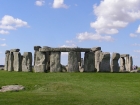
Stone Age to Iron Age - overview and depth
ArticleClick to view -
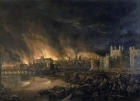
The Great Fire of London and the National Curriculum
ArticleClick to view -

Churches as a local historical source
ArticleClick to view -
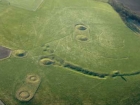
Using the back cover image: Windmill Hill
ArticleClick to view -
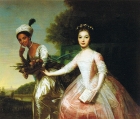
Slavery in Britain
ArticleClick to view -

The world on the wall: exploring diversity on Hadrian's Wall
ArticleClick to view -

Teaching famous people at key stage one
ArticleClick to view -

A History of the World: 100 objects that tell a story
ArticleClick to view -

A creative Egyptian project
ArticleClick to view -

Creating the 'creative history' website
ArticleClick to view -

In My View: Creativity & History
ArticleClick to view -
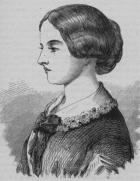
OFSTED, primary history and creativity
ArticleClick to view -
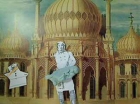
Museums, schools and creativity: How learning can be enhanced
ArticleClick to view -
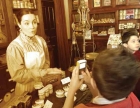
Geosong: a transition project
ArticleClick to view -
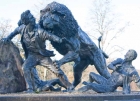
Thematic or topic based whole school curriculum planning
ArticleClick to view -

Case Study: Creative chronological thinking
ArticleClick to view -
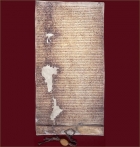
Case Study: Using Archives Creatively
ArticleClick to view -

Case Study: Effectively using the census in the classroom
ArticleClick to view -

Case Study: Hit the net!
ArticleClick to view

